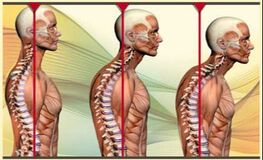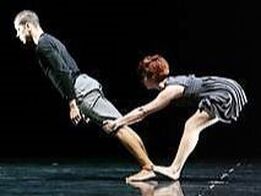
Balance/Counter Balance
Improved balance is achieved when the center of body mass is clearly organized over the base of support.
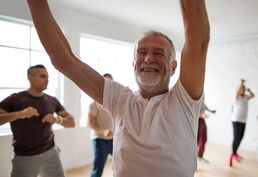
Breath Is Free in Activity
Held or restricted breath is a manifestation of strain and effort,
while ideal movement is coordinated
with uninterrupted and easy breathing
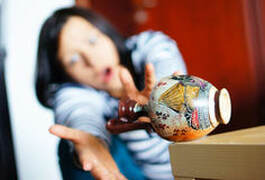
Mature Behavior
Is the ability to act spontaneously.
A mature human responds to the environment and its unexpected situations without compulsion. The response is effortless, making effective use of self,
and allows the possibility of failure.
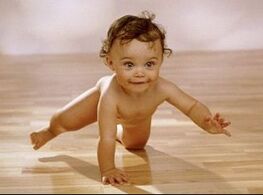
Evenly Distributed Muscular Tone
No Place works harder than any other place.
A well-organized person experiences lightness and ease of movement.

What Is Good Posture?
The state from which a person is able to move in any direction,
at any time, without hesitation or preparation.
It is the absence of unnecessary muscular contraction.
As a starting point for our movements and actions, posture
(or more exactly, “acture,”) dictates our movement potential.
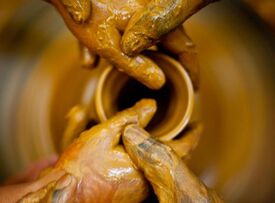
Learning By Doing
Experiential learning is the process of making meaning from direct experience.
Knowledge may be continuously gained through
personal, exploratory interaction with the environment
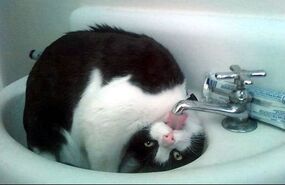
The Nonlinear Nature of Change
Differences in action or environment may trigger nonlinear changes.
By varying the environment of familiar task demands, it is possible to destabilize postural habits and help new ones to emerge.

Orientation
is a biological necessity and essential to all action.
Spatial relationships and coordination are determine by orientation.
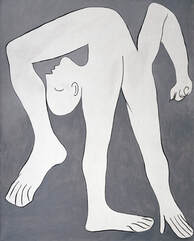
Reversibility
The sequential character of a movement that enables one to stop
or change direction at any moment without holding, falling or
experiencing a moment of disturbance.
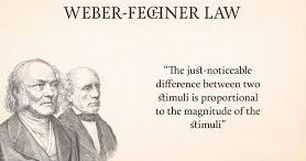
The Weber Fechner Law
When effort is decreased, one can discriminate finer sensory changes, leading to greater potential for learning.

To Correct is Incorrect
When working with self and others,
force is not directed to create a specific outcome;
rather one elicits the person’s ability to self-organize.
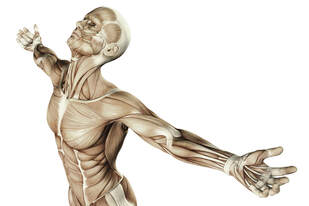
Proportional Distribution of Muscular Effort
The big muscles do the big work
and the small muscles do the small work.

We Act in Accordance with Our Self Image
This self image ~ which in turn governs our every act ~
is conditioned by three factors:
heritage, education and self-education.
Proudly powered by Weebly

